The Antonov An-225 ‘Mriya’ (meaning ‘dream’) is best-known for something very conspicuous – its size. This unique aircraft is the heaviest ever built, and also boasts the widest wingspan of any plane in current operational service. It ferries large and expensive cargo worldwide, drawing huge fascination from avgeeks wherever it goes.
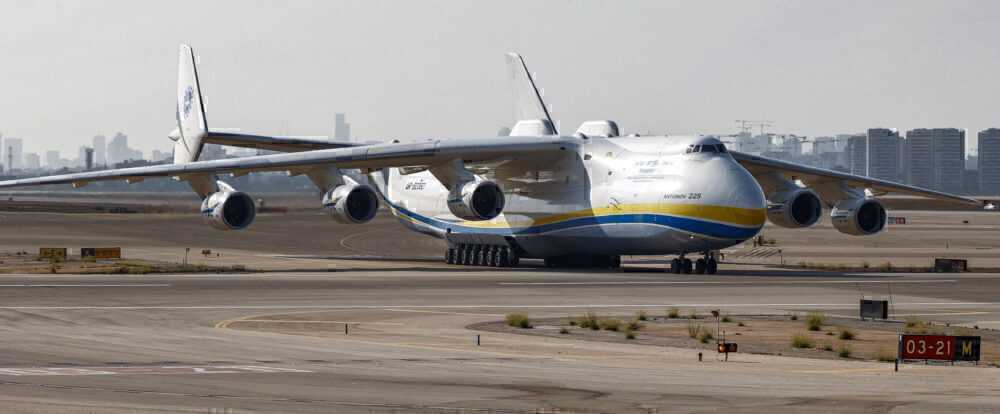
It is surely many planespotters’ dream to go onboard the An-225, which makes one wonder whether its space could be used to transport paying customers. What would a passenger version of an AN-225 look like, and where would it fly? As a concept, would it even make operational sense for airlines?
Why did Antonov build the An-225?
Most of the time, boats assume the role of carrying outsize cargo around the world. However, sometimes companies will need such cargo to be delivered on a much quicker basis. For this reason, Boeing developed its 747LCF ‘Dreamlifter.’ Its introduction saw shipping times for 787 ‘Dreamliner’ wings from Japan to Seattle drop from a month to nine hours. Such operations are also where the Antonov An-225 has excelled.
Antonov constructed just one An-225, which first flew in 1988. It also partially built a second ‘Mriya,’ but completing this was eventually deemed economically unviable. It was originally built to carry the Russian variant of the NASA space shuttle.
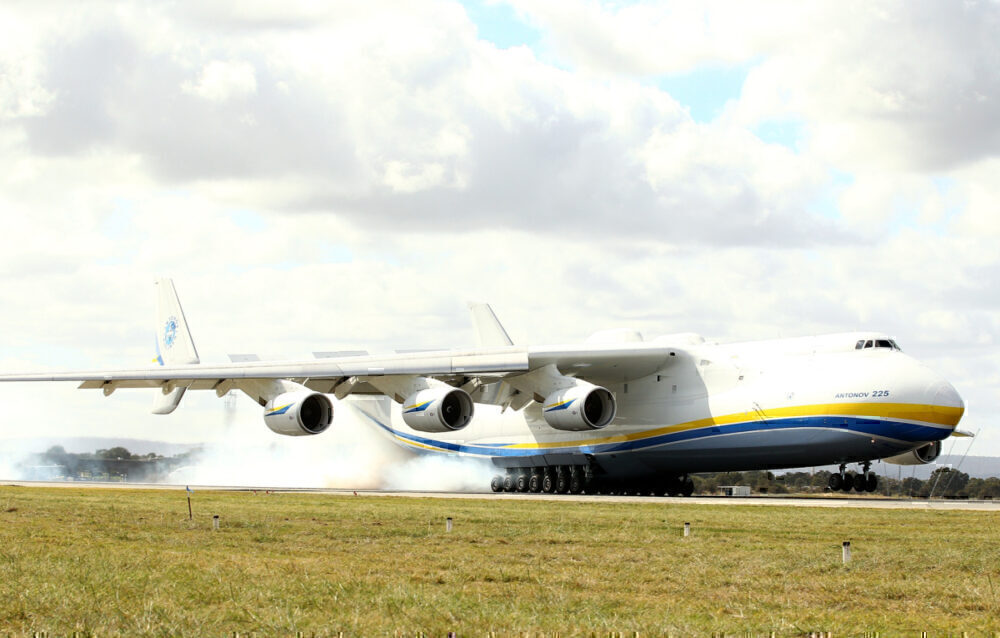
However, it never fulfilled this purpose, after the political ground shifted beneath its wheels. In terms of the An-225’s wheels, a huge amount are required to support its weight. All in all, the burden of six engines and 88-meter wide wings is supported by 32 wheels.
Using the A380 as a template
We have previously compared the Antonov An-225 to the world’s largest passenger aircraft, the Airbus A380. As such, we can use the ‘superjumbo’ as the basis for a template for a passenger-carrying An-225. While we know that the ‘Mriya’ is a fantastic cargo carrier, would this success also transfer to passenger-carrying operations?

A key question is that of its potential seating capacity. Assuming that the aircraft would be twin-decked and configured in a three-class layout, we will use the Airbus A380 as a template to estimate how many people it could hold. The Airbus A380 has a 49.9-meter long main deck, and is 6.50 meters wide. It typically has around five rows of first class seats in a 1-2-1 configuration, and 32 rows of economy seats in a 3-4-3 configuration.
On the upper deck of the A380 aircraft, a three-class configuration generally features around 16 rows of business class seats in an older 2-2-2 configuration. There is also an additional section of economy seats in a 2-4-2 configuration. This is due to the top deck being slightly narrower than down below. Overall, this configuration seats 331 passengers on the lower deck and 188 passengers on the upper deck, giving a total of 519 passengers.
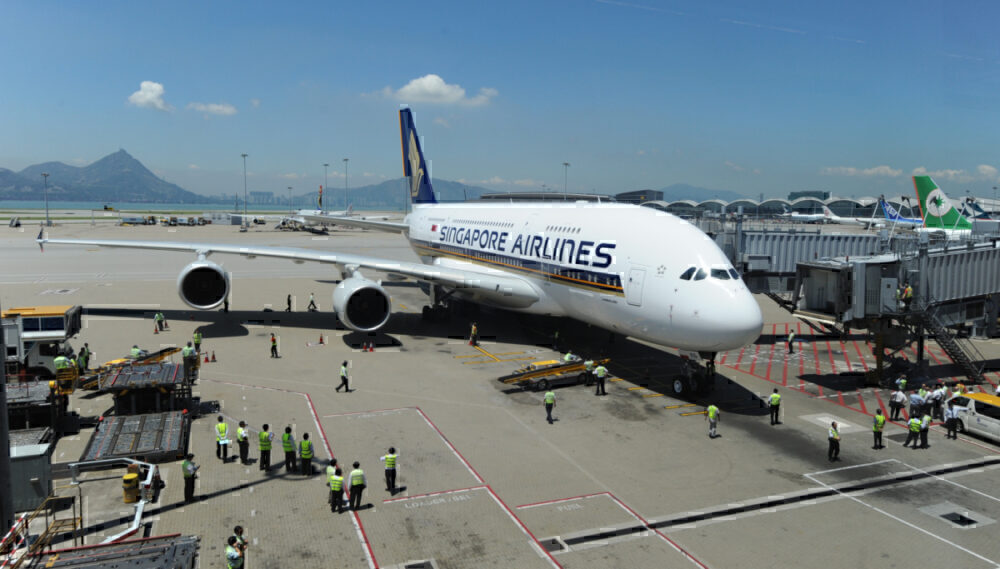
Passenger conversion for the An-225
The An-225 has a 43.3-meter long internal space, and is 6.4 meters wide. The aircraft is not as tall as an A380, and only has an internal height of 4.4 meters. If this were divided between two decks, each level would have just 2.2 meters of vertical space, compared to 2.4 meters on the A380. Therefore, significant engineering would have to take place to make it comfortable enough even for taller-than-average basketball players.
As the aircraft is not as long as the A380, it would carry fewer passengers on its two decks. Using the length as a power factor, we get 6.62 passengers per meter of aircraft length onboard the A380. Applying the same metric to the AN-225 gets 287 passengers for its 43.3 meters of internal length. However, the cabin is slightly narrower, potentially necessitating removing an economy seat from each row. This would be 32 fewer economy passengers leaving 255 passengers on the lower deck.
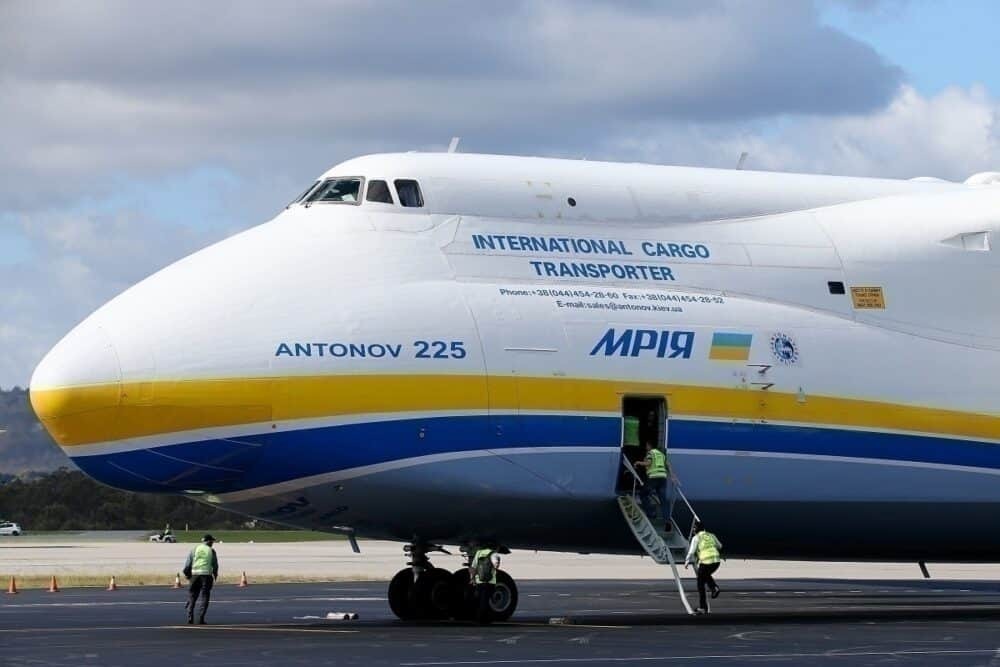
An A380’s upper deck has 3.76 passengers per meter of length. Combining this metric with the AN-225 leaves us with 163 passengers split between business and the small economy section. The upper deck of the A380 is thinner than the An-225 at 5.80 meters wide. As such, we would likely be able to make the economy configuration 3-4-3 as opposed to 2-4-2, adding two more seats per row. This is an additional 26 seats and bringing out AN-225 upper deck to 189 seats.
Overall, this configuration would see a passenger-configured An-225 carry 255 people on the lower deck, and a further 189 on the upper deck. This gives a total of 444 total passengers across a three-class configuration. However, reportedly only the crew area of the An-225 is pressurized. As such, this is another aspect that would require modification to safely transport passengers in its main internal space. Passengers would also likely want Antonov to fit windows, which do not currently feature on the An-225’s main deck.
Stay informed: Sign up for our daily aviation news digest.
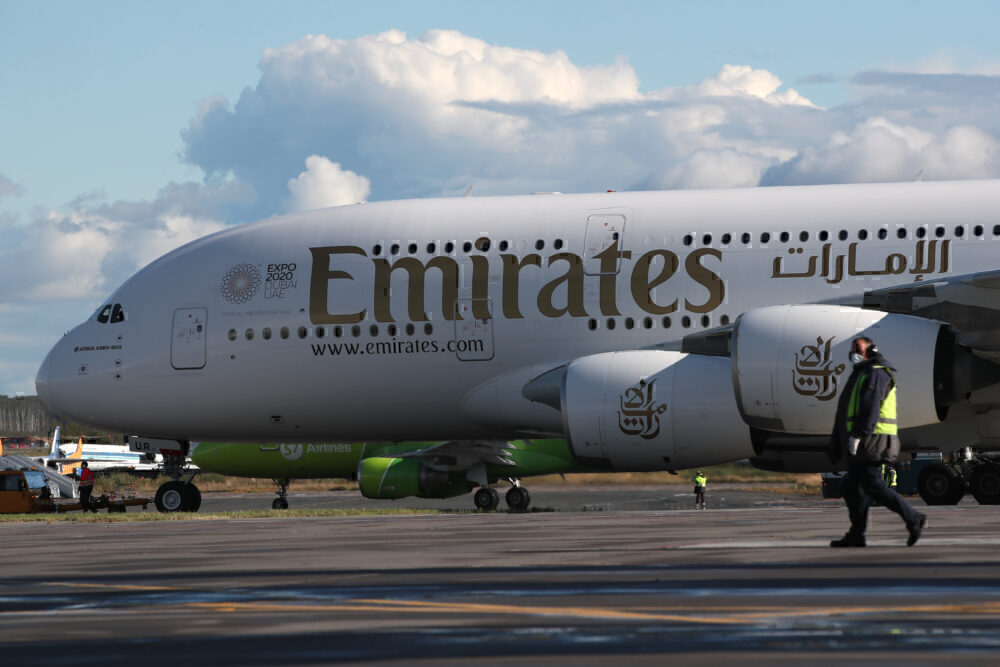
Differences in range
As such, we can see that the A380 clearly has the edge as a passenger-carrying design. But does the An-225 lend any other advantages? Of course, when fully loaded, the A380 comfortably beats the An-225 in terms of range. However, passengers don’t weigh as much as cargo. As such, it is worth considering the ‘Mriya”s range if it was fully loaded with people.
- Antonov’s AN-225 can fly 4,500 km loaded (2,500 NM) with 200 tonnes of cargo. When empty, it can travel an impressive 15,400 km (8,300 NM).
- For comparison, the Airbus A380 can fly 14,800 km (8,000 NM) fully loaded with passengers. Qantas once flew an A380 almost 17,000 km with no passengers onboard.
The worldwide average weight of a human is 62 kg, meaning that a fully-loaded passenger-configured An-225 would be carrying 29,450 kg worth of people. This represents roughly 15% of its total weight carrying capacity. As such, human passengers would not impact its range as much compared to the heavy objects it normally transports.
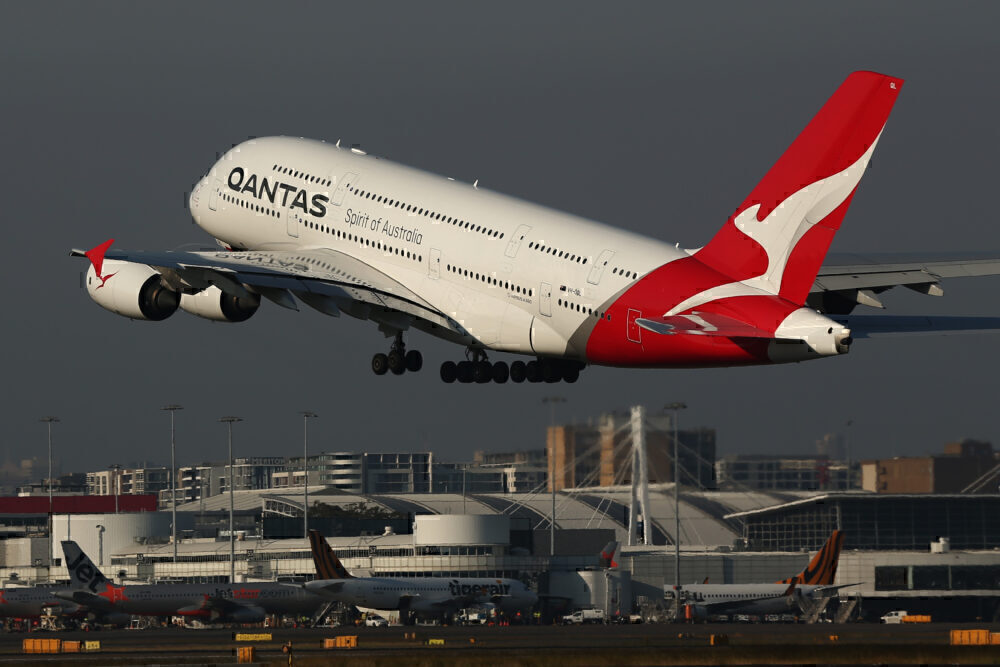
Of course, one must also consider the weight of passengers’ baggage. Even so, such a configuration would likely allow its range to be far closer to that of the A380 compared to when it carries cargo.
Would airlines use it?
The million-dollar question is whether or not airlines would want to use the An-225 for commercial travel. The aircraft doesn’t carry as many passengers as the A380 and is not as fuel-efficient, thanks to all those powerful engines for cargo lifting. As such, any airline with an An-225 (or daresay a fleet) would lose out on a price war with someone using the A380 or Boeing 747-8, simply because they burn less fuel and can carry more passengers.

It would be particularly inefficient for shorter routes, with fuel burn going through the roof just to take off and land in a short amount of time. In any case, the present airline industry is finding that it has less and less space for larger aircraft such as the A380. The sharp drop in passenger demand caused by COVID-19 has only accelerated the type’s fall from grace. This has culminated in carriers such as Air France prematurely retiring the superjumbo.
The AN-225 was built for a specific service in mind and is great at its job. Just like how the A380 never made it as a cargo aircraft, the AN-225 would never survive as a passenger plane.
What do you think? Would you want to fly onboard an AN-225? Let us know in the comments.
[ad_2]
Source link


